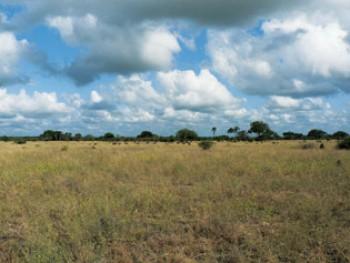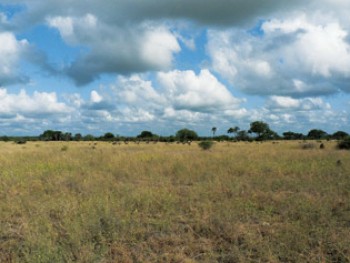Forests and grasslands can abruptly change to savanna and back once an environmental threshold is crossed, according to two new studies published in the journal Science on Oct. 14.
Previously, many scientists believed that ecosystems respond smoothly and continuously to factors like rainfall and fire.
Now, researchers have a powerful new tool—a global “forest vulnerability map”—for finding the best areas to upgrade into savanna or forest, thus reducing costs and heightening success rates.
Looking at habitats in Africa, Australia, and South America, two research teams reached the same conclusion independently: drier habitats do not gradually become more lush with an increase in rainfall as previously assumed.
The two teams identified distinct tipping points or sudden transitions between three states—forest, savanna, and treeless ecosystems like bracken and grasslands. The researchers are based in America, South Africa, and the Netherlands, and are the first to investigate tree cover on such a large scale, using open source satellite data on precipitation and tree distribution.
Milena Holmgren of Wageningen University, one of the Dutch team members, told The Epoch Times about the overall findings.
“The studies are beautifully complementary,” she said. “We were at the same time busy with the same idea.”
The U.S./South African team noticed that most regions either have hardly any trees (around 20 percent cover) or plenty of trees (80 percent cover), while the Dutch team also discovered a “forbidden place,” as Milena puts it, at five percent tree cover when treeless areas suddenly transition into savanna and vice versa.
“The fun thing we did was that we proved that there really are these three clusters, and then we mapped the vulnerability ... which we think has a lot of applied potential,” Milena explained.
There is a lack of regions with 50 to 60 percent of tree cover, indicating that once a forest is opened up more then 50 percent, for example through fire or logging, it will suddenly develop into a savanna. And for a savanna to turn back into a forest, tree cover has to increase above 60 percent to reach ecosystem stability.






